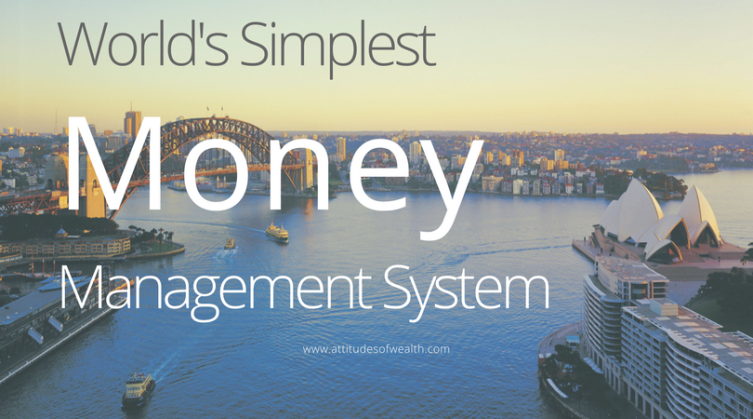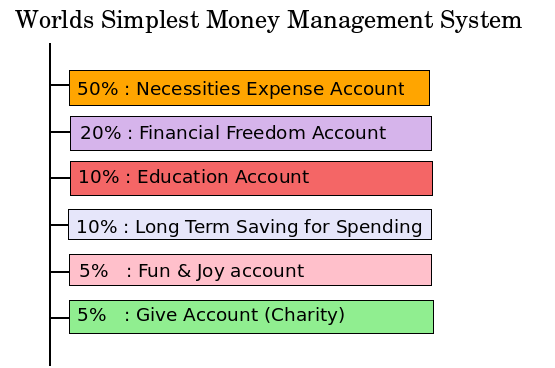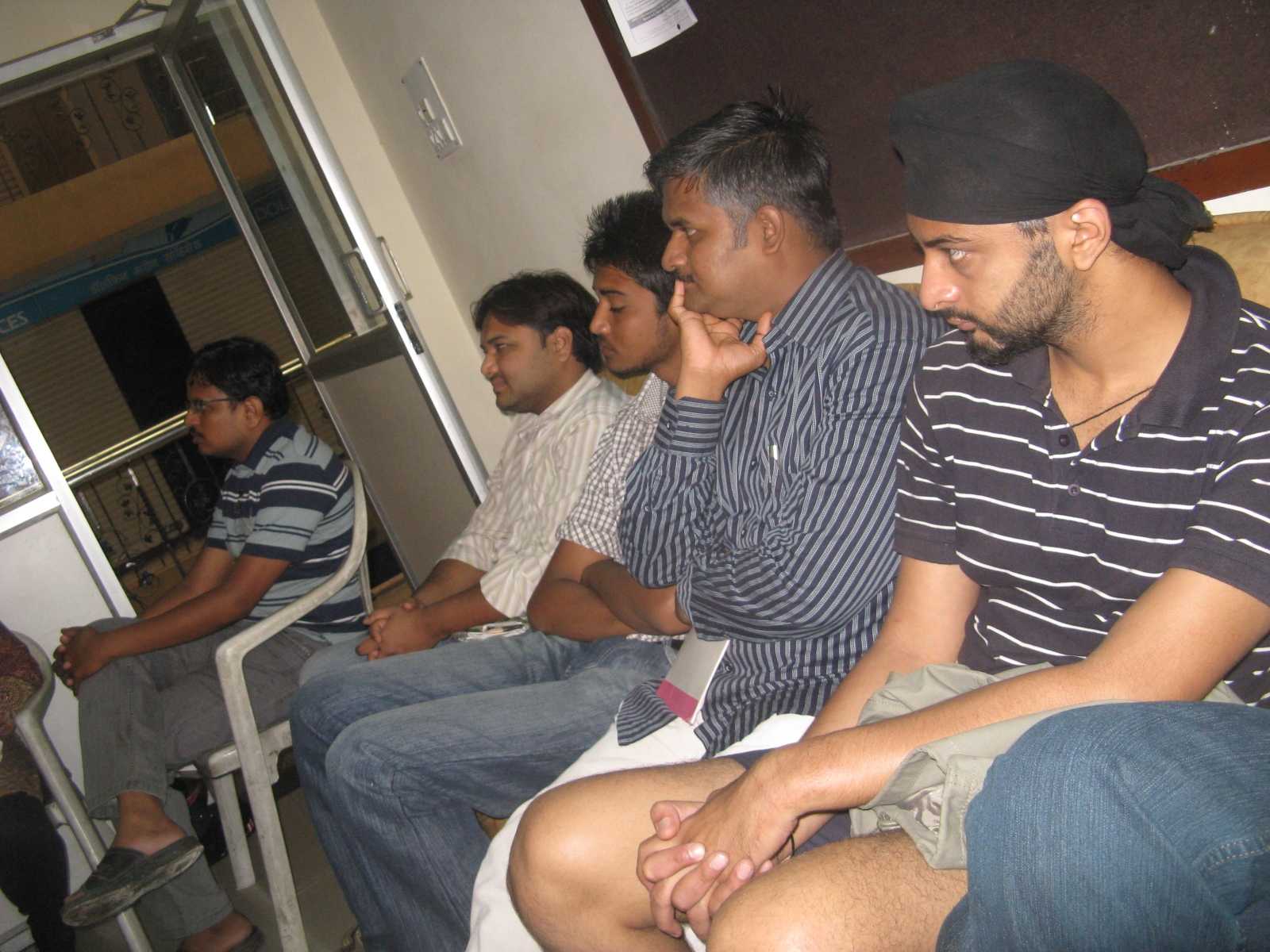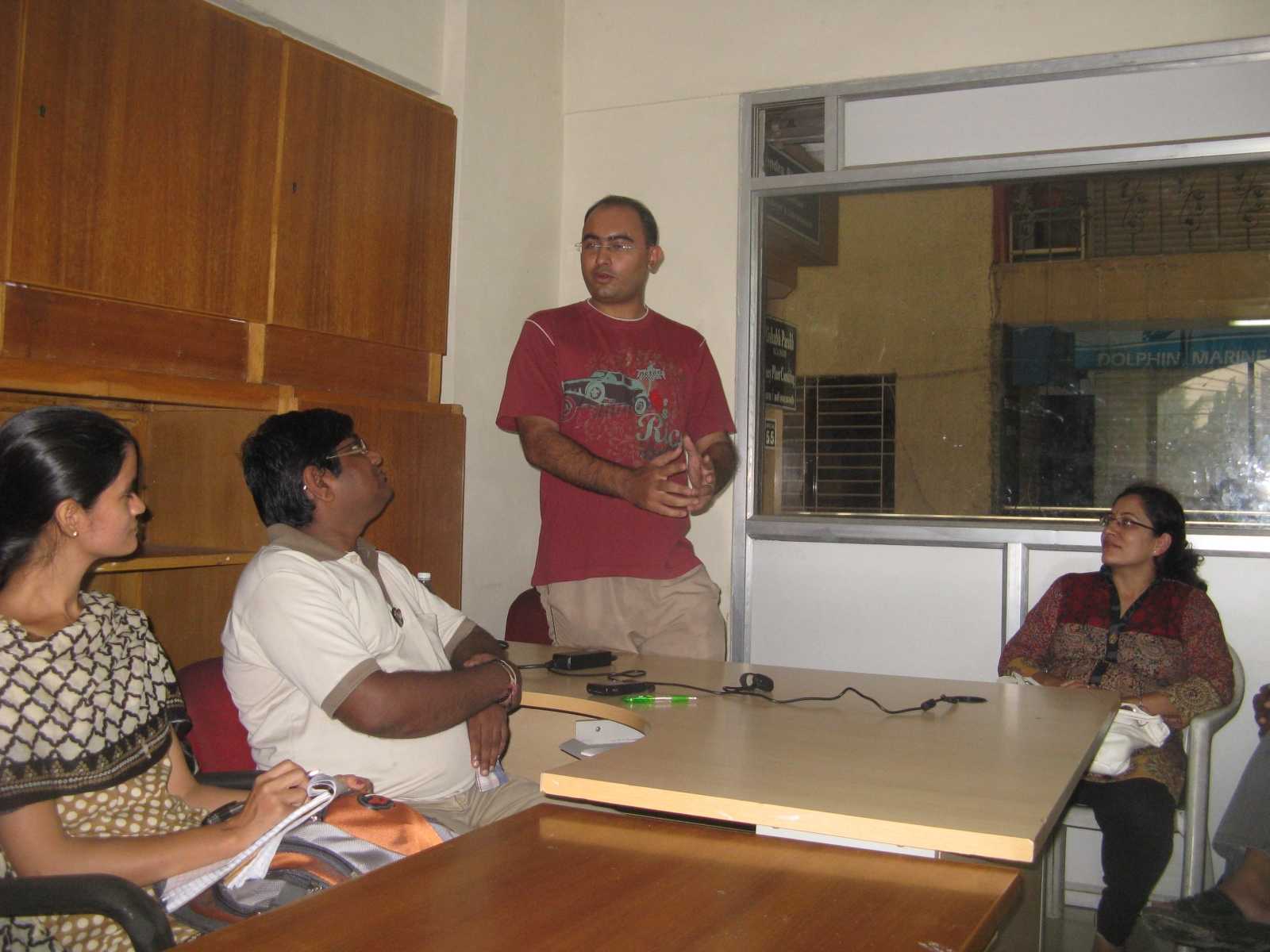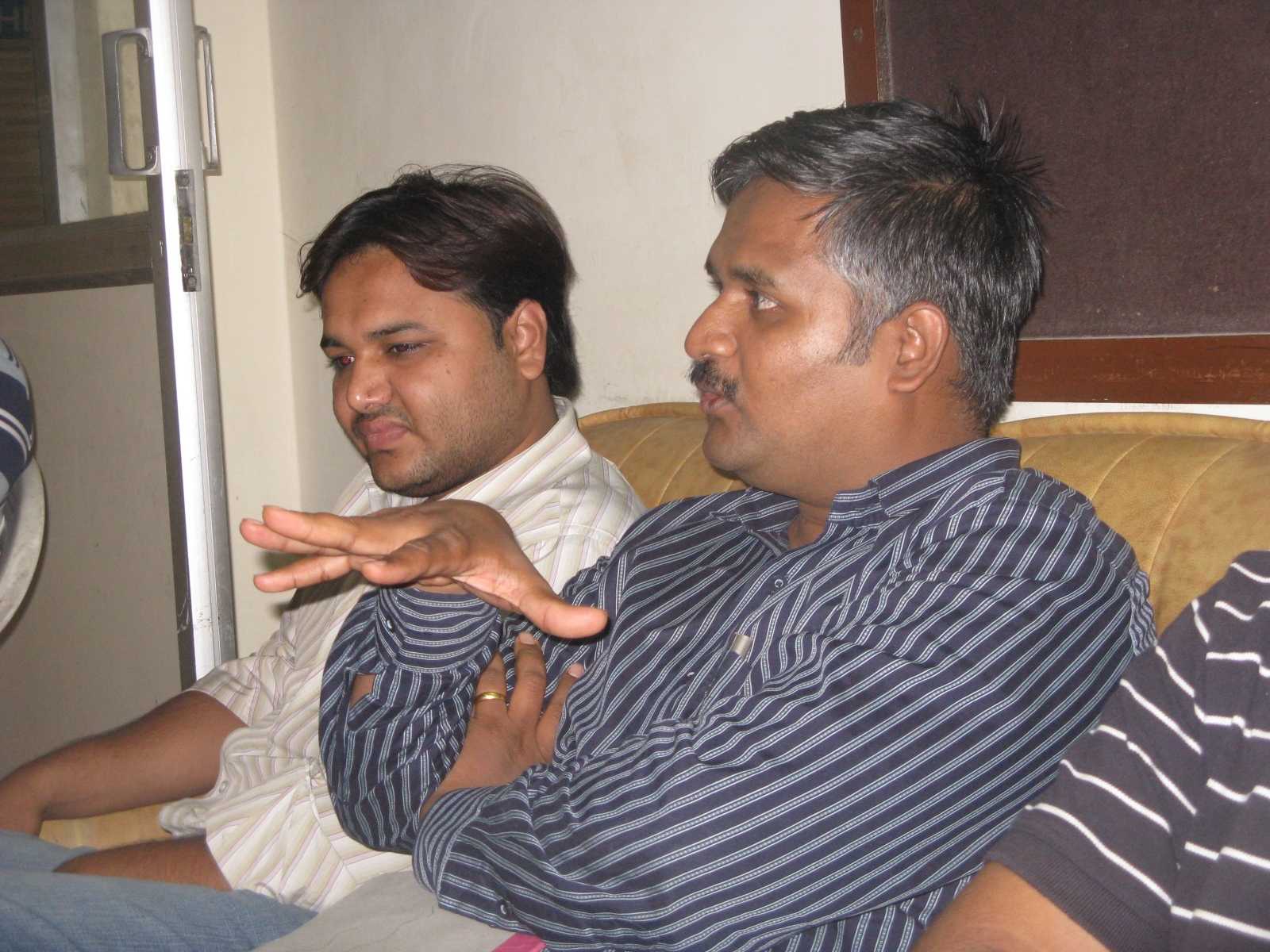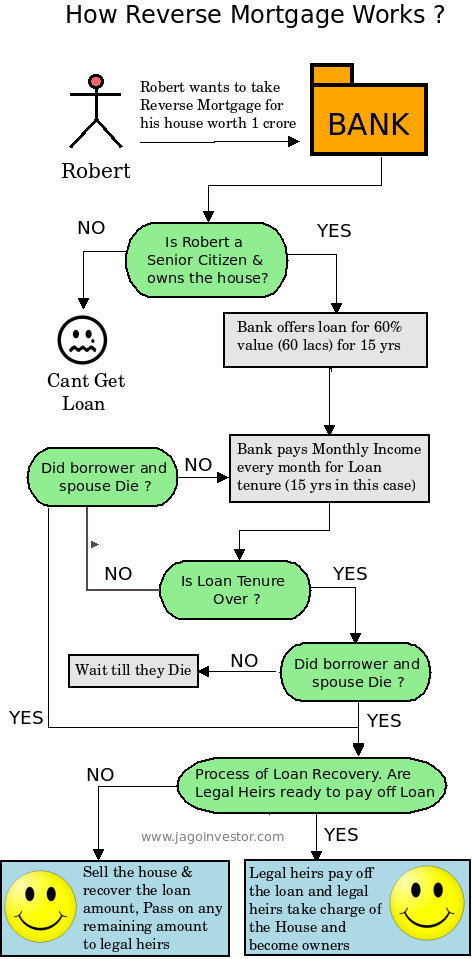“A dog held a juicy bone in his jaws, as he crossed a bridge over a brook. When he looked down into the water he saw another dog below with what appeared to be a bigger juicier bone. He jumped into the brook to snatch the bigger bone, letting go, of his own bone. He quickly learned, of course, that the bigger bone was just a reflection, and so he ended up with nothing!”
What do we learn from this short story?
Some thing, really similar to this story is happening in our lives – where the bridge which we are cross is our lives, the bone is our home,(or car or any thing we own) and the “other dog” is none other, than the people around us, our friends at work, neighbors, relatives, etc., who might have a bigger home than us, a better car or a more expensive LCD.
Does that mean that we also need to run towards that bigger bone? Yes? No? There is no harm in fulfilling our needs. As our families grow, and our need for comfort increases, we are bound to buy bigger homes, better cars (read more expensive) et al… And while we are at it, why not buy that much bigger LCD or enjoy that international holiday with the family? The EMI system changes our “wants” into “needs”.
Is Installment system of payment bad?
Definitely NOT! It’s a very convenient way of buying things, but the problem is that the EMI way of buying, gives a lot of people the feeling that they can afford anything which comes their way. And there lies the problem! A sizable chunk of people believe, that they need a bigger bone (when they actually don’t) and the easy availability of everything, in EMIs plays a large role in said belief. The EMI is such a beautiful concept, that even a person with a salary of 30k can buy a helicopter!
Why not? Just 9999 per month, for the next 200 years! Does he need it? Who cares? He can afford it! The problem is not the EMI concept in itself. The problem is us – losing our control on our spending and extending our affordability horizon to such great lengths, that we have everything in our life; but most of it is under debt.
Our home and our car are the two classic examples of this. Let’s talk about home. I don’t have much data, but my instinct says that most of the people who have taken a home loan are living in a much bigger home than they need. As per an in-house study, (through a poll,) I found out that as much as 67% of the readers on this blog or urban net-savvy people are paying at least 1 EMI, which would mostly be a house or car loan EMI. It was astonishing to see that 11% of readers here pay more than 3 EMIs! That’s too much!. Make sure that your EMIs are not more than 50% of your total, in hand (net), salary.

Affordability of EMI vs affordability of Loan
If you tell a person, the EMI of a product, chances are that they will believe that he/she can afford it, as compared to when you tell them the actual price of the product. The problem lies in the numbers. The lower the number, the more affordable it becomes! However, this is not true! Actually, the more you reduce the EMI figure, the longer the tenure, and hence the total cost for you over a long period of time increases drastically!
Let’s take some products –
Home Loan
A classic example is the Home Loan. When a person plans for a loan, he makes sure that the EMI figure is affordable to him and does not concentrate much on the final value. For example, consider a person earning 50k per month. The EMI for a home worth 30 lacs @10% will be Rs 39,645. This may look unaffordable to him, so he increases the tenure to 20 yrs instead of 10, and brings down the EMI to 28,951/- Magically, this same home starts looking affordable to him!
What they concentrate upon, is the initial years, and not the big picture. They might not be considering some important points… like what if interest rates increase to 14%? In which case, the EMI will go up to 37000/-! These are young, recently married individuals, who have no idea of where they will be working in next 5 yrs. Will they be in the same job or same Industry? What will be their liabilities then? A close look at Real Estate Returns in India
I am not sure if a 3 BHK is the right choice for a recently married couple who has no one else with them, to live with. The justification can be that in future they may require it, however, if that’s going to happen in the next 15-20 years, a 1 BHK or 2 BHK is a better choice. It’s better to live in a 1 BHK and breathe easy, rather than a 3 BHK and suffocate every day from the burden of the heavy EMI. Here’s a good article on Home Loan EMI calculation.
Calculate your EMI
Car Loan
A lot of people buy a car before a home, as the EMI is affordable and the car adds to their comfort. I know a lot of people who can easily manage their life with a bike or without a vehicle, but have bought a car for reasons only known to them. There are just 2 people in the family, both have company transport, aren’t really outgoing, but they have a car. Not sure why!
A car is a depreciating asset. This means, that when you buy a car on loan, you are paying more money for something, whose value is coming down day by day, unlike your home. So buy a car, only when it’s really important or your comfort gets bigger than your simplicity when commuting is a problem.
The main problem again, is people buy cars that are much bigger and costlier than what they can afford and need. If you are in the starting phase of your career and have no more than 4 people in the family, why take anything beyond a Santro or Zen? You can always buy that dream car when you are more stable in your career and the other important things in life are taken care of. My views may be biased because I am not a car or vehicle lover, so all car experts might disagree with me here 🙂
Holiday/LCD/Camera/Air Tickets
IRCTC has started giving air tickets on 6 equal EMIs! There is no catch! You can buy a ticket worth 3k today and pay 500 a month over 6 months. The only catch, is that this makes many people feel that they can afford it now. A student who was earlier traveling second class in train or at most, 3rd AC will not just be tempted but will believe that he can afford air travel now, which he couldn’t if he had to shell out 3k in one go.
Just because it’s a smaller chunk, we tend to buy things that we don’t need and can’t afford. The holidays are a perfect example! We Indians, are earning very well in this new decade, thanks to the opening up of our economy and IT sector especially. Our future earnings are more predictable now, compared to the past and this is the reason why most of the products are available on EMI; which makes us buy today and then pay for it for the next couple of years.
Conclusion
There is nothing wrong with buying things on EMI, as long as you know what you are doing, and then only if you really need it. Don’t run after everything you can get on EMI, and don’t drown yourself in so much debt, that it gets tough to come out. Save a good amount for the down payment and take debt only when buying something becomes inevitable. An early Start in Saving today will make your wealth overtime.
